Food and Survival: what to eat and how to obtain it when you do not have an emergency supply of food. What not to eat is a related problem discussed under the Stomach section. As a general rule, meats will provide more nourishment than plant food. Thoroughly cook meats by roasting over a fire or by boiling in water. Preserve what you do not eat by cutting into thin strips as thick as your little finger. Completely dry it in the sun or over a smoky fire. Meat thus prepared as jerky will keep several days. You can eat all lizard hind quarters and tails, and eat any snake except for the head and poison sacs behind the head. You can also eat all birds and all turtles. If you have a choice, do not eat fish or shellfish unless you know the species and know for certain that it can be eaten. Never eat anything you find dead. All warm-blooded hairy mammals can be eaten, but do not eat the liver of seals or polar bears. Supplement the above with boiled insect stew made from crickets, grasshoppers, locusts, termites, and grubs. You should also eat one or two plant foods to provide a source of vitamins. Do not eat mushrooms unless you are an expert on identification. Become familiar with the common plant foods in the area where you live and/or where you plan to travel. Be cautious because there are many poisonous plants that resemble edible species. Select edible plants that are most easily identified. Examples include: coconut banana, and casaava in the tropics; lousewort for tundra areas, scurvy grass and common alder along beaches, purslane and prickly pear in the desert, dandelions, cat-tails, dock, pigweed, arrowhead, and sunflowers for temperate zones; mountain sorrel and rock tripe at high elevations; and seeds of grasses wherever found. See the About Wild Plants section for more specific information. As a precaution, cook all plants until they are soft or tender. Change the water at least once while cooking. Do not drink any of the liquid brew. Beware of plants that resemble beans, cucumbers, melons, parsnips, or onions. Many of these are poisonous. Sample what you have cooked. Do not eat if it smells bad, burns your tongue when not hot, looks milky or oily, or tastes bitter or salty. Find another plant food. If you are still in doubt, try the 10 hour sampling test suggested under the Stomach section. It is suggested that you learn plant identification from other persons who know and use such plants. Otherwise, observe all the above suggested precautions and use the edible plant identification guide in the About Wild Plants section of this handbook. To obtain meat, you will need to learn stalking and trapping skills. You should first understand that most animals have limited sight but they detect motion quickly. Nearly all animals are amazingly acute in the area of sound or smell. The snap of a twig or the rustle of leaves gives an alert to danger. Your scent is carried on the wind and smelled by the animal to provide a warning. To stalk you must be downwind from the animal. Never move when the animal looks up or looks at you. Step lightly putting your foot down slowly - toe first to avoid making sounds. An improvised spear can be used for killing when you have nothing else. Use a 6 loot length branch of bamboo or a straight green branch from a hardwood tree. Sharpen and fire-harden one end to make a spear point. Otherwise, set traps. Place animal traps where you lind game trails, tracks, water holes, and signs of activity. Place fish traps in the deepest part of the river, below rapids, behind rocks, along banks, logs, or weedbeds, or under a waterfall. Bait with the guts of an animal. Several examples of traps follow.
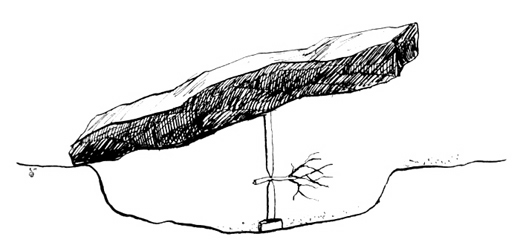
BIRD TRAP
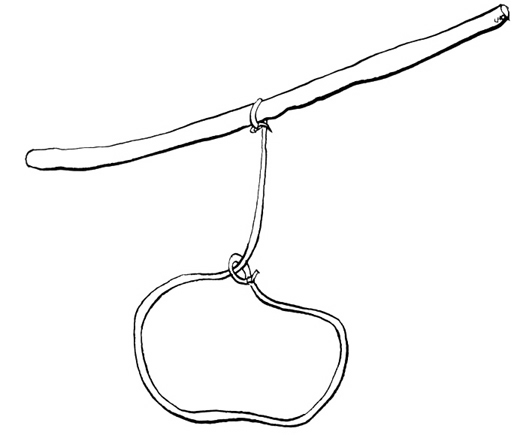
DRAG SNARE
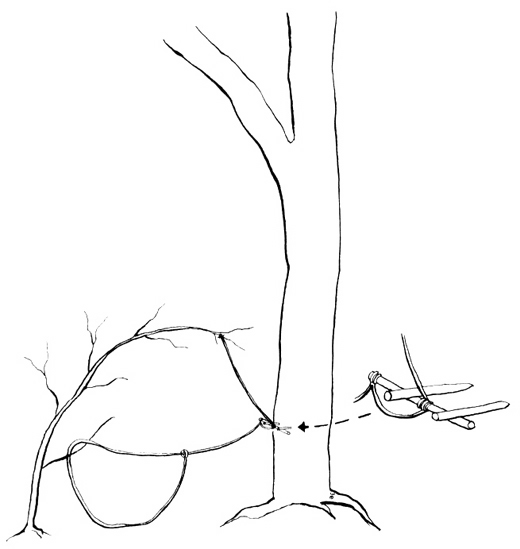
SPIKE-TRIGGER SNARE
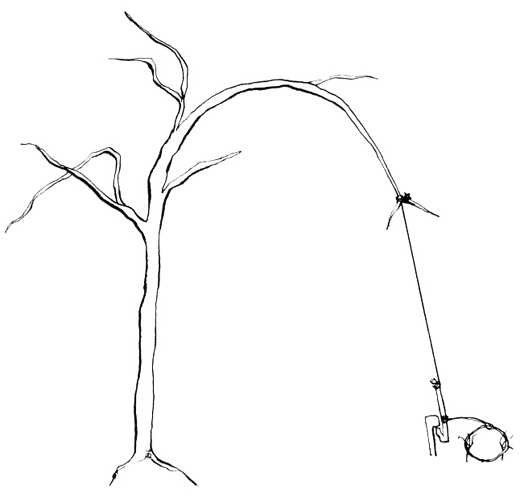
HOOK-TRIGGER SNARE
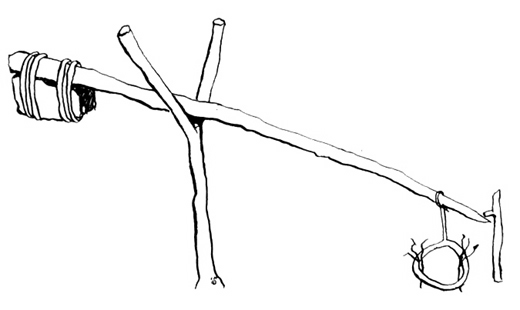
LIFT SNARE
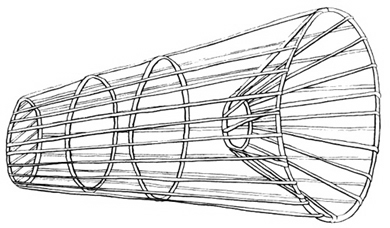
FISH TRAP
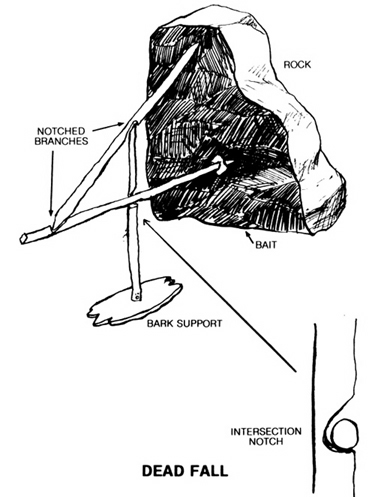
DEAD FALL